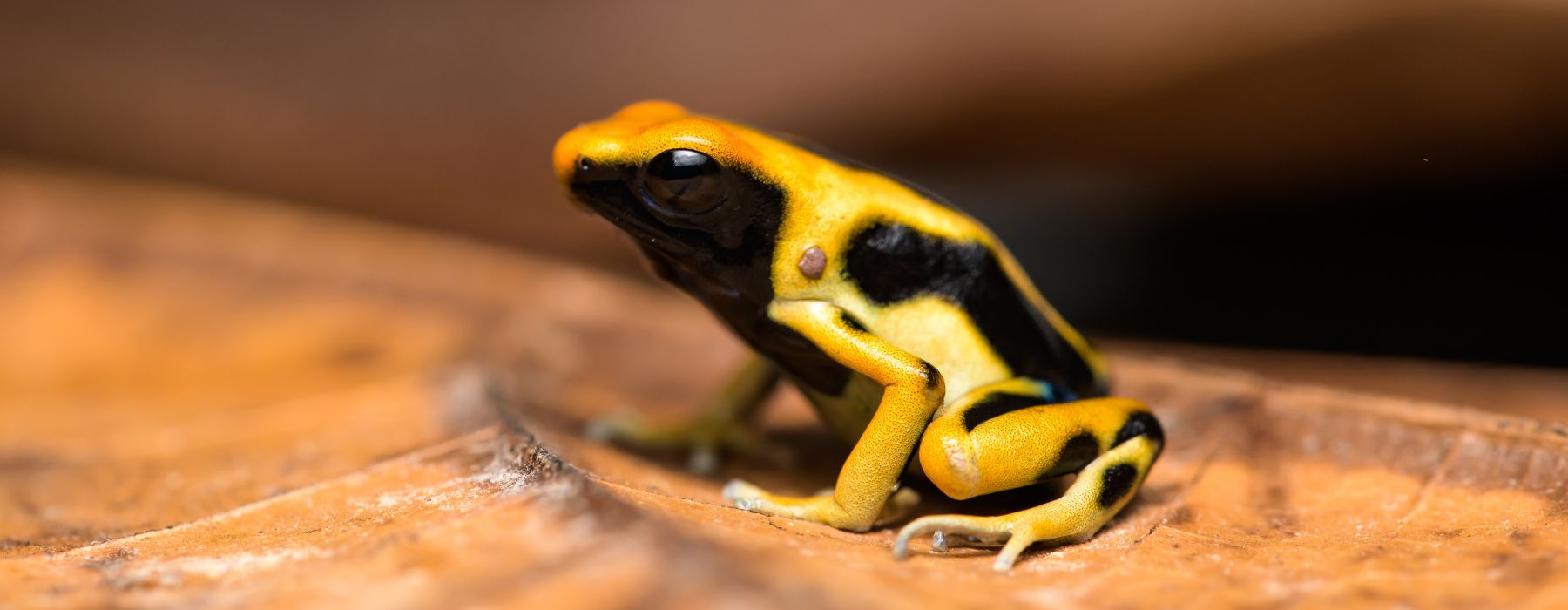
Poison dart frogs have long been used by the indigenous peoples of the Amazon rainforest of South America. They learned centuries ago that rolling a blow-dart or arrow tip over a live frog’s skin creates a coating of poison that can paralyze any animal, making it easier to hunt. Such weapons were used to combat the conquistadors, and are still used against enemy tribes and for hunting prey today. To help you learn more about these fascinating frogs, we’ve put together 12 interesting poison dart frogs facts we could find.

Interesting facts about poison dart frogs:
1. The frogs don’t use this poison to hunt at all, but have developed it as a self-defense mechanism to ward off predators. The frogs not only taste vile but will also kill predators that eat them.
2. The poison is an alkaloid toxin called batrachotoxin that the frogs accumulate based on their diet of termites, ants, and other invertebrates. Scientists think a small beetle from the Melyridae family that produces the same toxin may be the crucial diet ingredient. The toxic chemicals generated from eating this microfauna are secreted by the frogs through their skin.
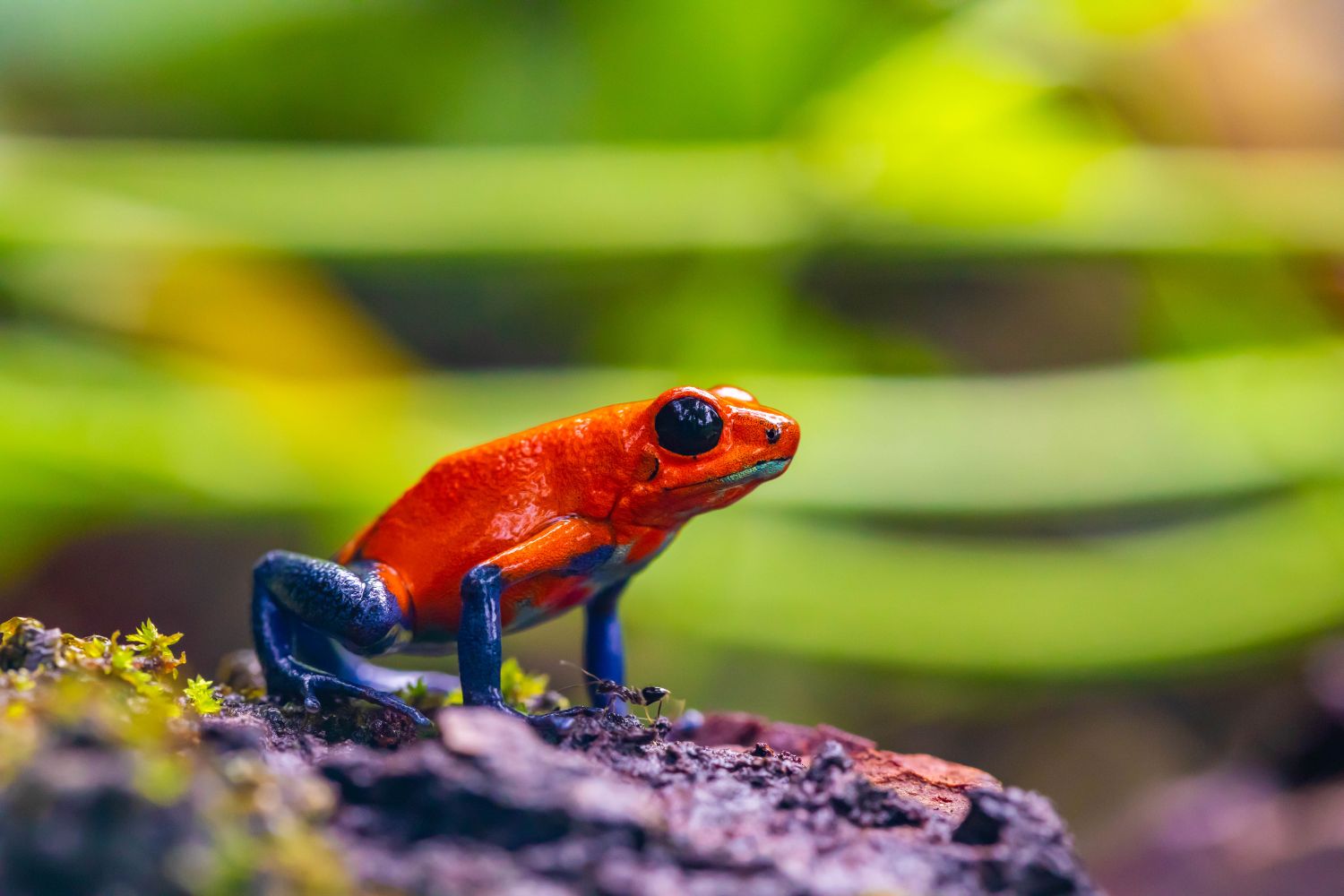
3. There is one snake species (Liophis epinephelus) that is resistant, but not completely immune to dart frogs’ poison
4. The frogs are immune to their own poison. Batrachotoxin attacks the sodium channels of cells, but these frogs have special sodium channels the poison cannot harm.

5. The poison is stored in its skin glands and can be stored for years. This is because such toxins do not readily deteriorate. That’s why the tips of arrows and darts soaked in these toxins can keep their deadly effect for over two years.
6. The chemical make-up of toxins in frogs can vary from irritants to hallucinogens, convulsants, nerve poisons, and vasoconstrictors. Poison dart frogs are especially toxic. Their toxins can prevent an animal’s nerves from transmitting impulses, leaving their muscles in an inactive state of contraction. This can lead to fibrillation and heart failure.
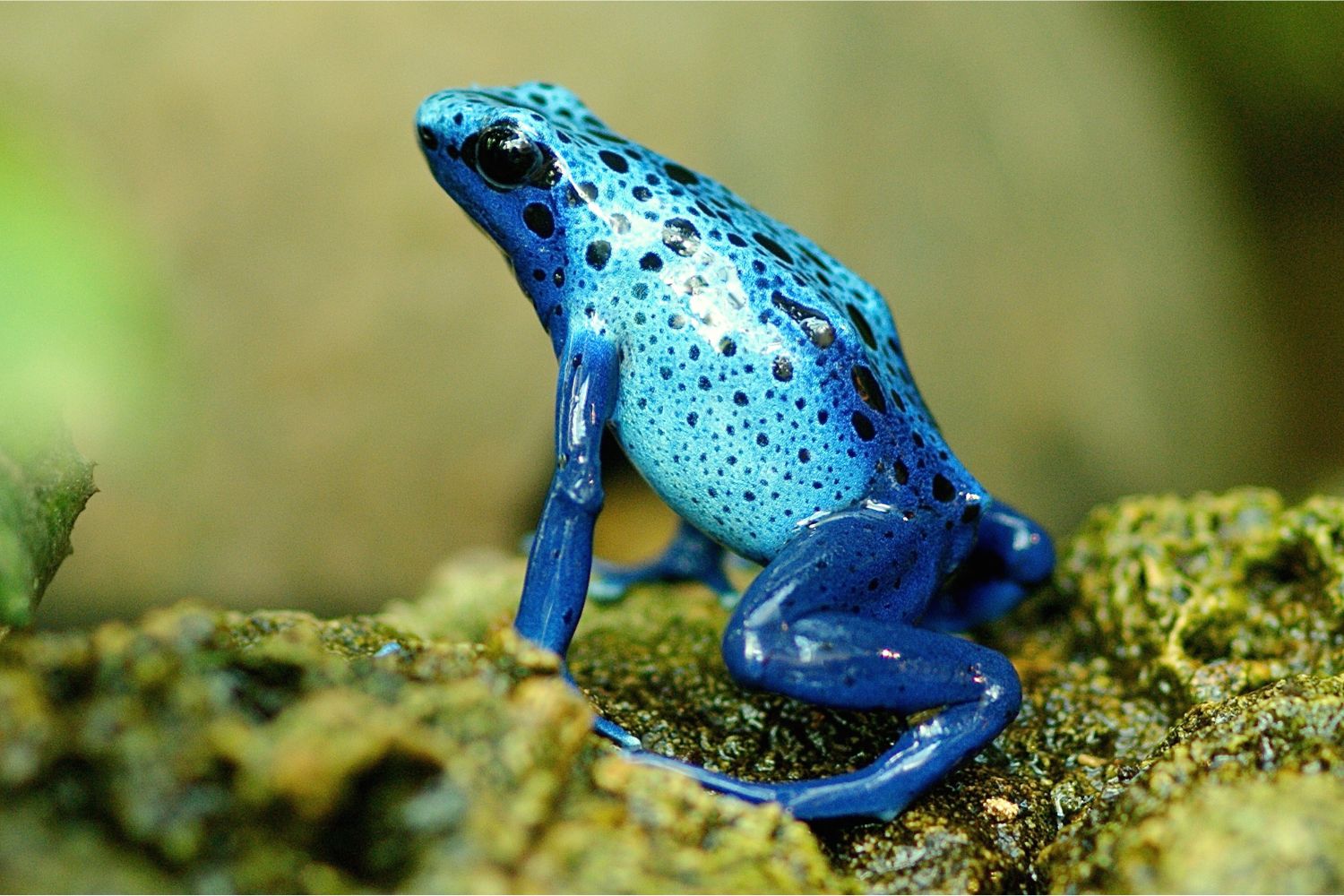
7. Of over 175 species, only three have ever been documented as being used by the indigenous tribes for the purpose of hunting (curare plants are more commonly used). These three come from the Phyllobates genus, which is characterized by the relatively large size and high toxicity levels of its members.
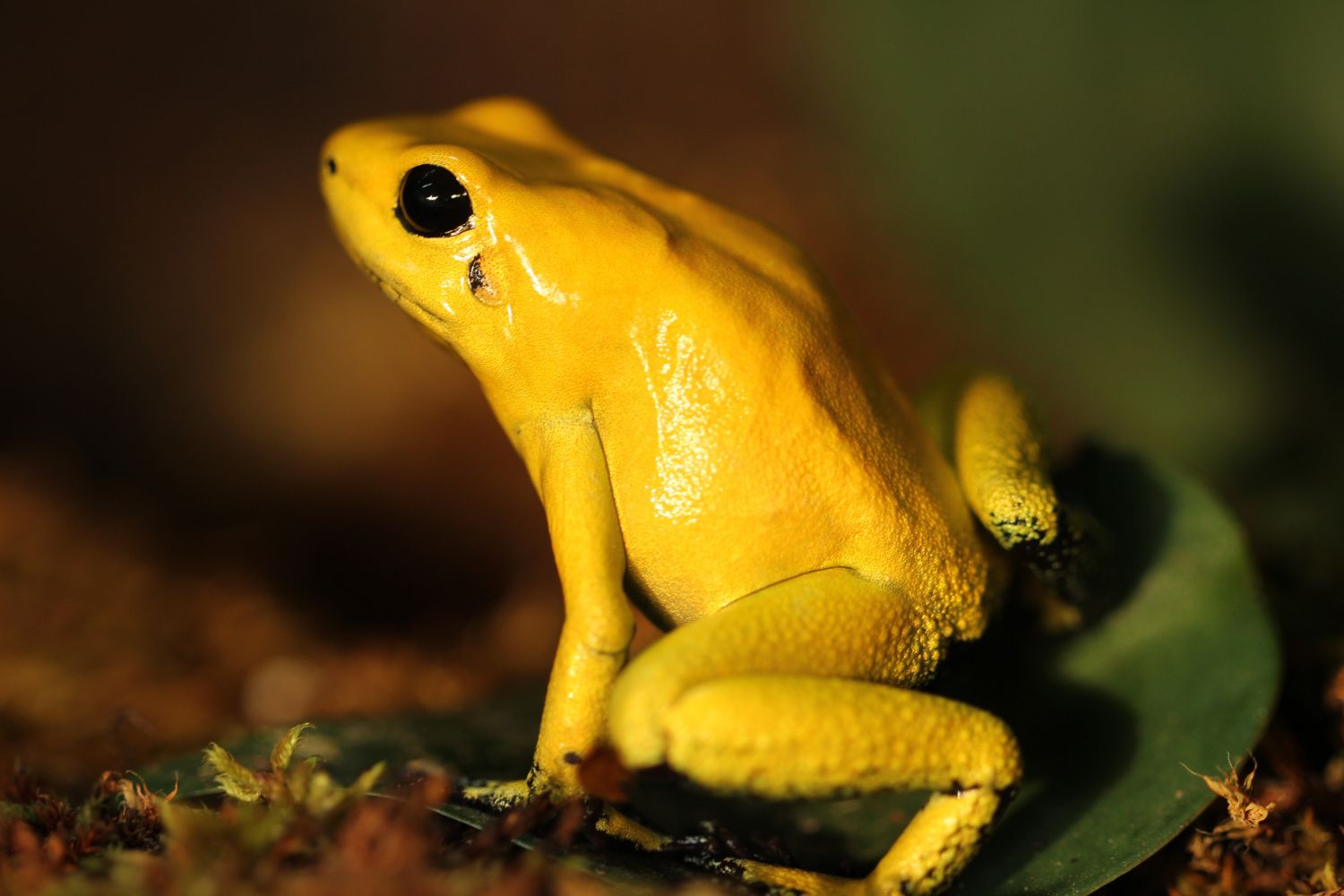
8. The top 3 most toxic of poison dart frog species in reverse order are (3) The Kokoé Dart Frog (Phyllobates aurotaenia), (2) The Black-Legged Dart Frog (Phyllobates bicolor), also known as the Bicolored Dart Frog, and (1) the Golden Poison Frog (Phyllobates terribilisor), although be warned it can come in green, white, yellow or orange colors too, making identification difficult.
9. The Golden Poison Frog is probably the most poisonous animal on Earth. Even though it is a mere 5cm long, it has enough poison to kill 10-20 adult humans, 20,000 mice, or 2 African bull elephants. Only 2 micrograms of this lethal toxin (the amount that fits on the head of a pin) are capable of killing a human or even a jaguar.
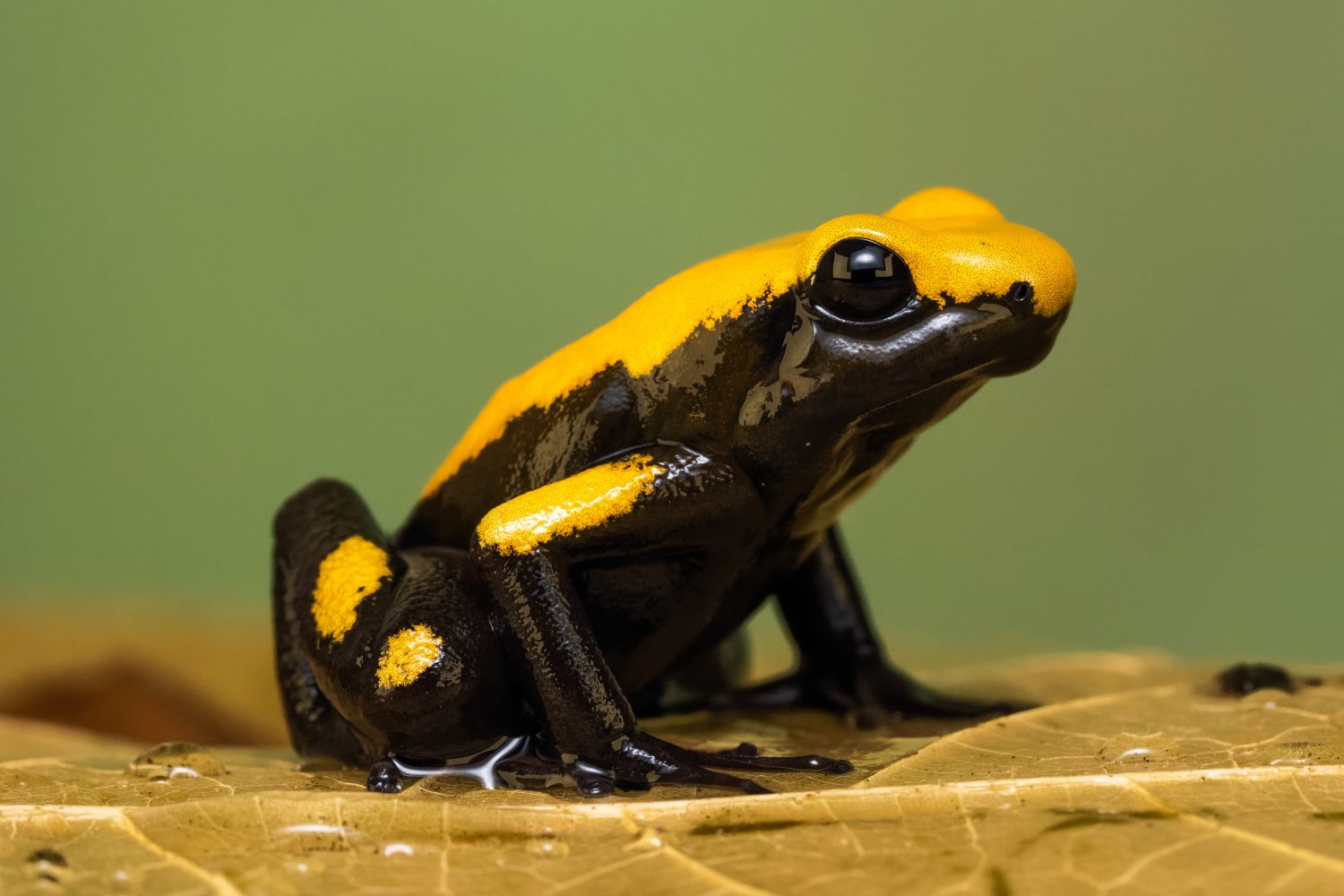
10. Most poison dart frogs are only about the size of a quarter. Known as the jewels of the rainforest, what these diminutive frogs lack in stature, they more than make up for in colour. They are aposematic (from apo-lejos and semantic sign), which means that they have developed their bright coloration as a warning of their lack of appetite to protect themselves from possible predators.
11. There is a strong correlation between the levels of coloration and the amount of alkaloid toxins the frogs have, although the jury is still out on this as there are at least two non-poisonous frog species that use similar coloration to poison dart frogs for self-protection. Being a diurnal species (they sleep at night), they show off these vibrant colors in the light of the day for maximum effect.
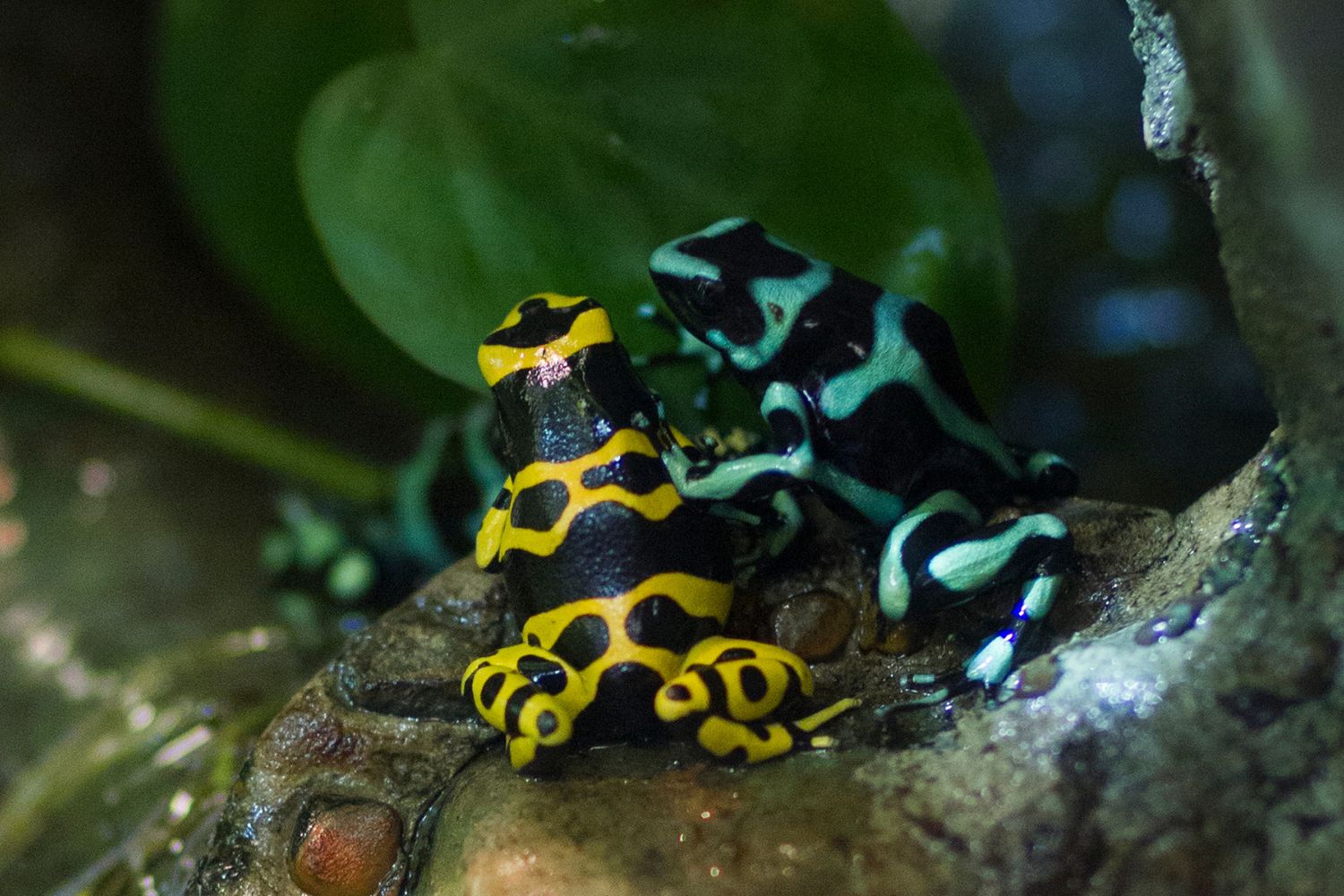
12. Recently, toxins isolated from poison dart frog skin samples have been found to have valuable medicinal uses. Some medicines produced on the basis of batrachotoxin are already being used as anesthetics in surgery. Toxins produced by the Phantasmal Poison Dart Frog (Epipedobates tricolor), a species native to Ecuador, enabled researchers to develop a synthetic compound that shows promise as a painkiller more effective than morphine, but non-addictive. In another example, the skin of the Strawberry Poison Dart Frog (Oophaga pumilio) contains compounds that have been reproduced in the laboratory for use as a cardiac stimulant.

– If you are lucky enough to be vacationing in Manu Amazon Rainforest, keep your eyes peeled for these brightly colored and beautiful poison dart frogs, bear in mind these interesting facts, and whatever you do, don’t touch them!
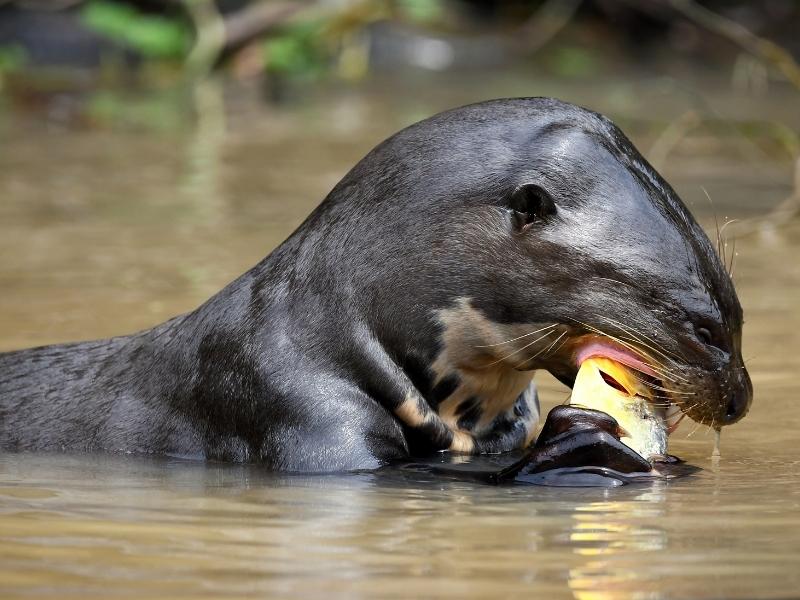
Discover the majestic Amazon rainforest of the Manu National Park. This protected area is in Peru, it is one of the largest ecosystems on the planet, due to its great diversity of birds, insects, plants and mammals.

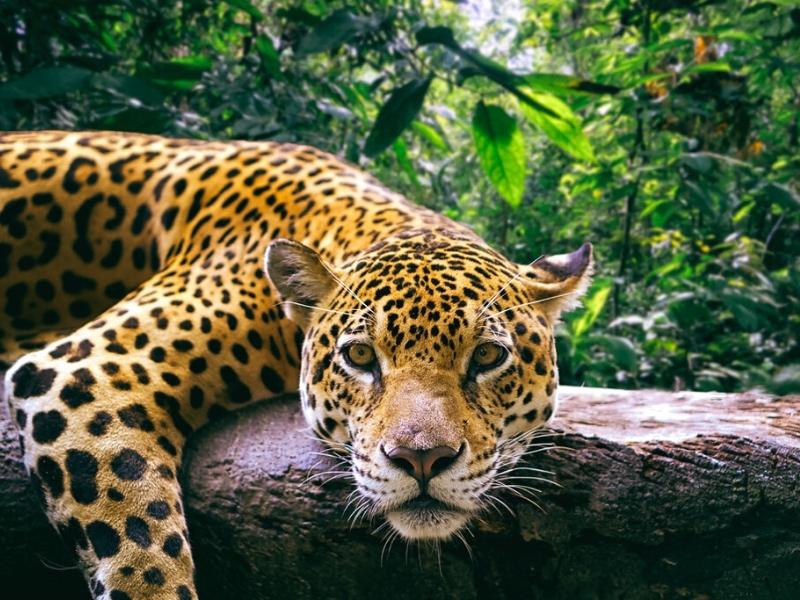
The Manu Jungle tour goes to one of the largest life biosphere reserves in the World. You will enjoy wildlife, traditional villages, with the best specialized guides.


Manu National Park is an excellent way to experience an intense amazon wildlife.Is the biggest Amazon rainforest in the Americas, its incomparable natural wealth, host the greatest amount of flora and fauna of the world.
